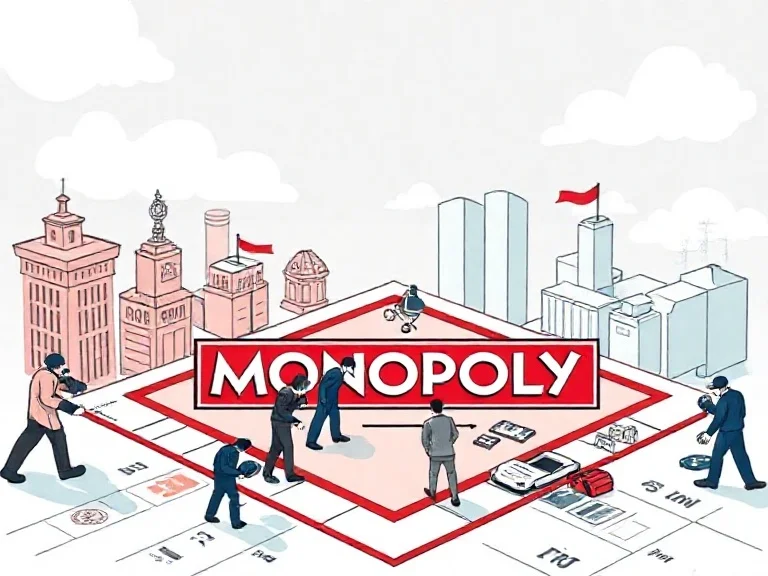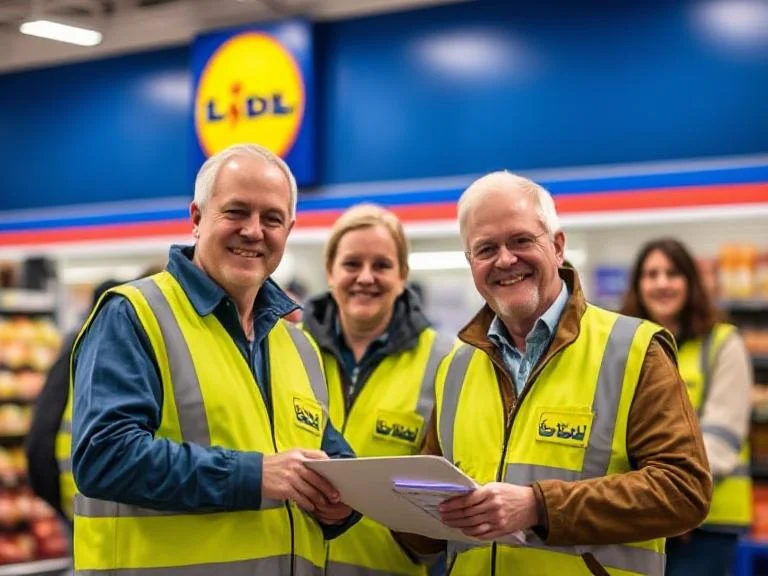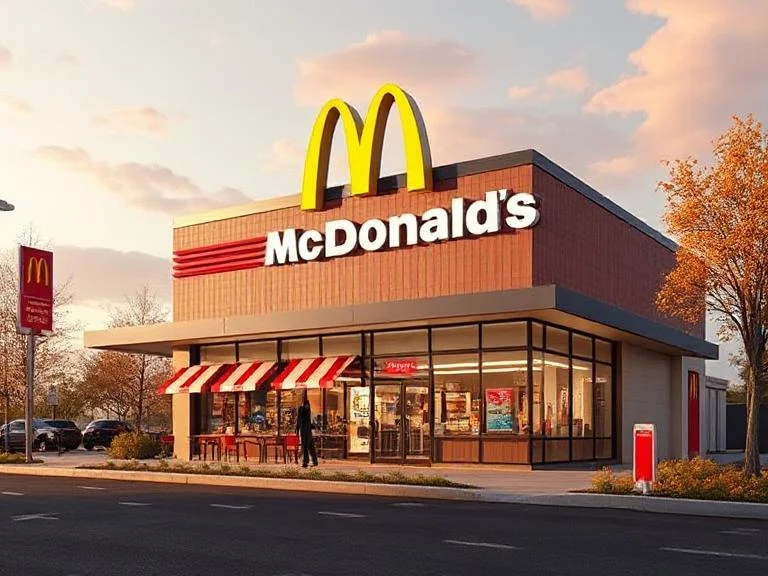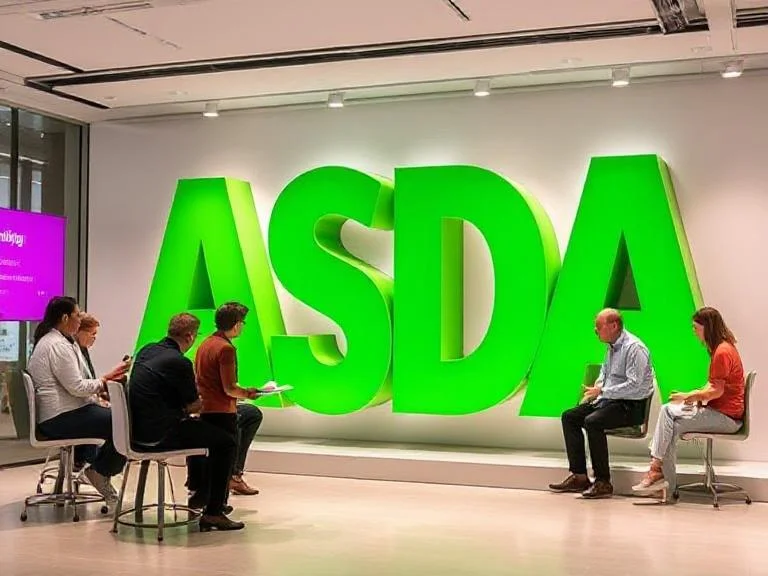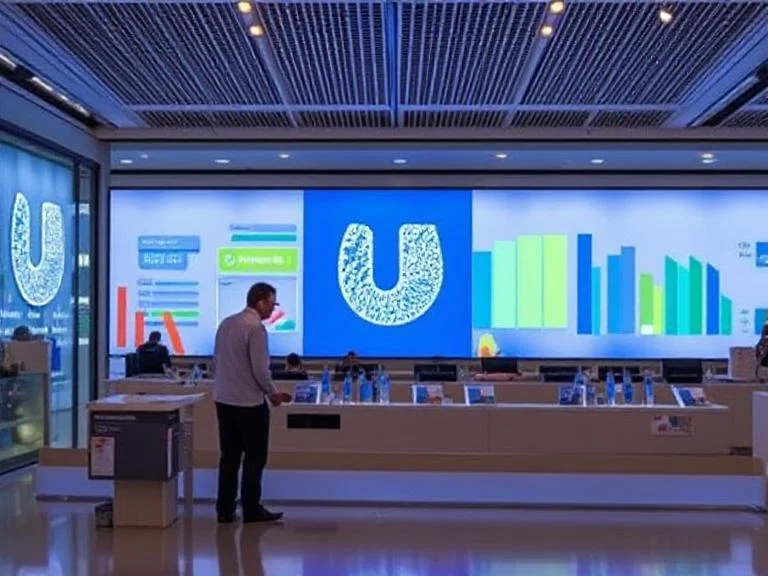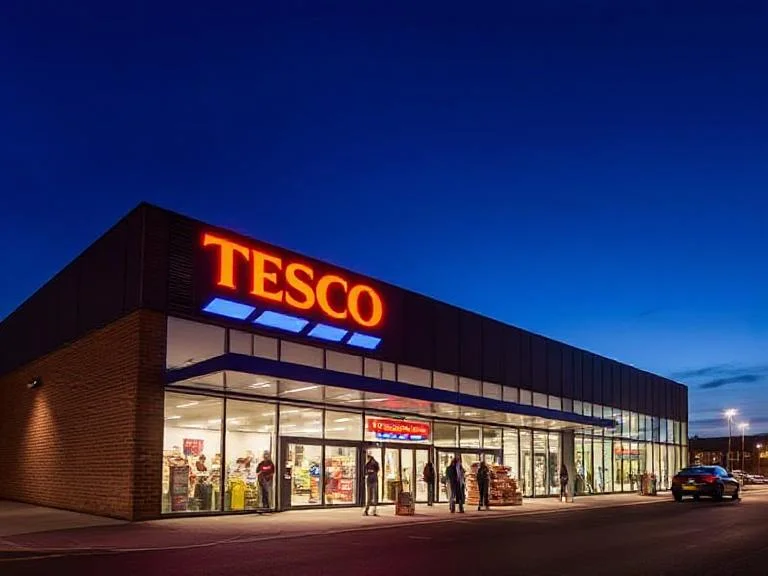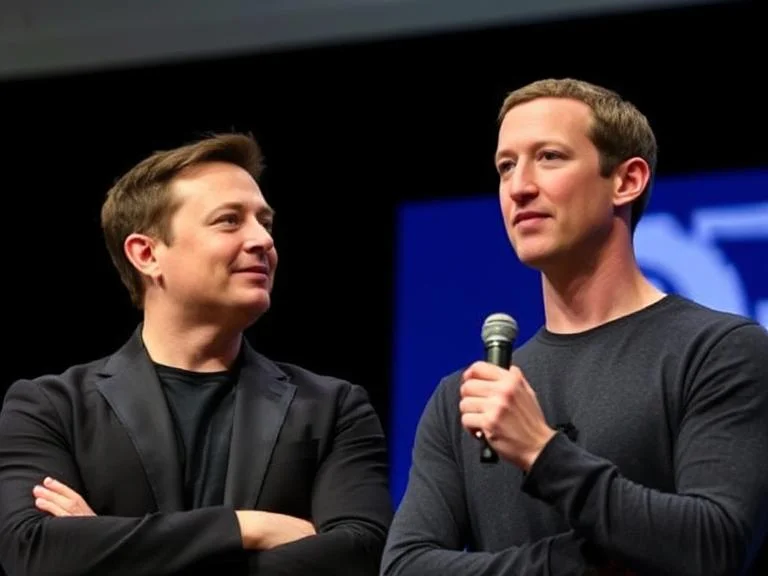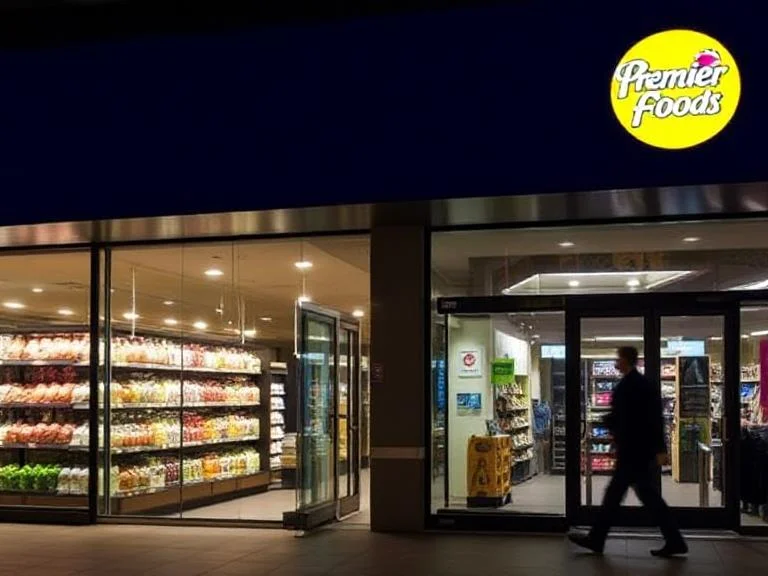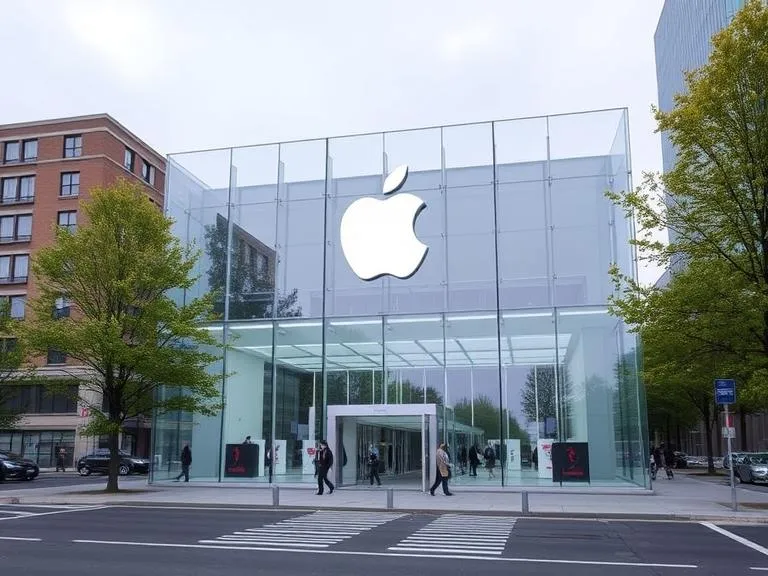International Business Management of Tesco
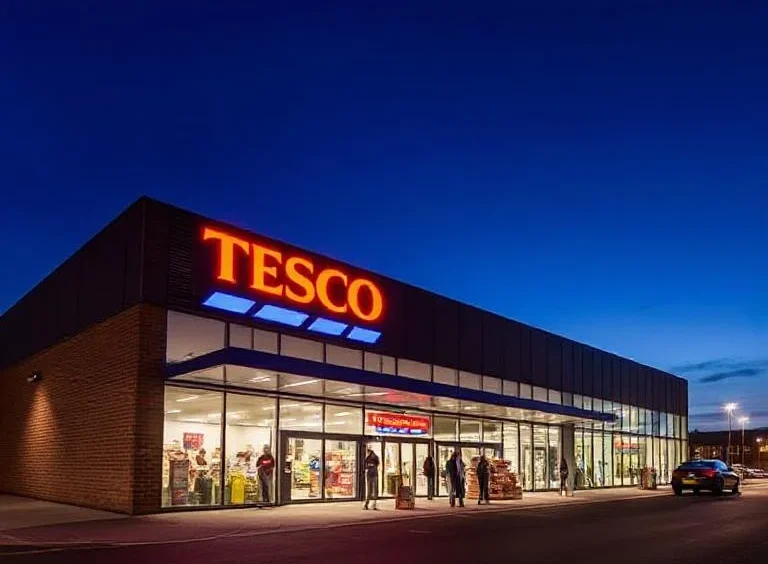
International Business Management of Tesco:
Historical Development:
Jack Cohen established the now-global retail behemoth Tesco from a stand in a London market in 1919. Throughout its growth from a mom-and-pop grocery store to a global powerhouse, it was an early adopter of many retail technologies, such as self-service checkout lanes, customer loyalty programs like Club card, and expansion into related industries like banking, insurance, and telecommunications.
Barriers Encountered:
Competitive pressures, economic downturns, and difficulty in foreign markets were among the obstacles that Tesco encountered during its expansion. Due to its highly complicated organizational structure and falling market share, the corporation had a rough go of it in the late 2010s.
Mission:
Value for customers, sustainability, and community involvement are at the heart of Tesco’s goal, which it pursues through providing high-quality items, outstanding service, and convenient locations.
Ownership:
The London Stock Exchange is home to Tesco’s operations as a public limited company (PLC). Shareholders own a portion of it.
Organizational Structure:
Substantially, Tesco’s organizational structure has developed through the years. At first, it was structured hierarchically, but later on, it became more decentralized. For efficient management, it is comprised of functional departments including marketing, operations, and finance, as well as regional divisions.
Evaluate the present setup by looking at how well it responds to changes in the market and how efficient it is at making decisions. In order to react quicker to changes in the market and customer demand, the corporation may have shifted towards a flatter, more nimble structure.
Products and Services:
Food, apparel, gadgets, and banking are just a few of the many categories covered by Tesco. Among its offerings are insurance, mobile networks, online shopping, and banking.
Staff Functions:
Several departments within Tesco rely on the hard work of their employees, including marketing, logistics, finance, information technology, human resources, and store operations. To keep everything running smoothly and keep customers happy, every department is vital.
Competitive Advantage:
Tesco’s extensive retail network, well-oiled supply chain, wide selection of products, customer loyalty programs, and formidable brand recognition give it a leg up in the market.
Several quality awards have been bestowed to Tesco, which includes honours for its dedication to eco-friendly business methods, community service, and outstanding customer service.
PEST Analysis:
The four Ps of a company’s microenvironment Political, Economic, Social, and Technological—are investigated in a PEST study.
Political Factors:
The business practises of Tesco are governed by a number of statutes and ordinances pertaining to taxation, commerce, employment, and food safety. Sourcing, labor expenses, and general company operations are all susceptible to policy shifts.
Due to its global position, Tesco is impacted by things like trade agreements, tariffs, and geopolitical tensions, which can impact its supply chains and market access.
Tesco places a premium on adhering to health and safety regulations, particularly those pertaining to the food business. The sourcing, distribution, and product offers can all be affected by changes in regulations.
Economics Factors:
The market, economic cycles, inflation rates, and customer purchasing habits are some of the economic factors that impact Tesco’s profitability. Consumer spending power and inclination to purchase more expensive or luxury goods can be impacted by economic downturns.
Tesco’s profitability and the cost of imports are affected by changes in the value of different currencies because the company operates in more than one country.
Variations in regional income levels impact market segmentation and product pricing tactics employed by Tesco.
Social Factors:
Lifestyle, food, and shopping tastes are always evolving, which has an effect on Tesco’s products and advertising campaigns. Their company choices are impacted by the growing desire for healthier options, ease of use, and environmental responsibility.
Trends in urbanization, changes in family patterns, and an ageing population all have an impact on the demographics of the areas that Tesco aims to serve and the goods and services that customer’s desire.
Environmental sustainability, fair trade, and ethical sourcing are becoming more important issues for consumers, and this has an impact on Tesco’s reputation and customer preferences.
Technical Factors:
Online shopping platforms, data analytics, and supply chain automation are just a few examples of how Tesco has embraced technology to improve operational efficiency and the consumer experience.
Investments in online platforms and last-mile delivery solutions are becoming more necessary as a result of the fast improvements in e-commerce technology and mobile applications, which are reshaping Tesco’s retail tactics.
To remain competitive and improve customer happiness, Tesco embraces new technologies such as AI, the Internet of Things (IoT), and automation in inventory management and tailored marketing.
With this knowledge, Tesco is better able to foresee shifts in the market, adjust its strategy, and lessen the impact of risks brought on by the ever-changing macro environment.
Management Theory:
The management techniques of Tesco have been both efficient and inefficient when it comes to adopting Henri Fayol’s Administrative Management principles:
Efficiencies:
Planning:
Tesco’s market entry methods and diversification into related industries (banking and insurance) attest to the company’s mastery of strategic planning. This is in keeping with Fayol’s planning principle, according to which an organization should establish objectives and make plans to reach them.
Organizing:
Management of activities and divisions has been a strength of Tesco’s organizational structure, which has changed over the years but remains stable. A structured approach to operations is seen in the decentralization, functional departments, and regional divisions of the organization.
Coordination:
Tesco’s huge network of stores and distribution hubs runs well because of the company’s ability to synchronize operations. Alignment with corporate goals and efficient operation are both guaranteed by coordinated efforts.
Inefficiencies:
Leadership:
During leadership changes at Tesco, there have been some bumps in the road, and some leadership styles may not have been the most inspiring or motivating. Problems with the authoritative side of management could be the cause of internal strife or discontent among workers.
Controlling:
Tesco had problems with managing things like inventories, which caused them to have too much or too little goods, even though they had sophisticated data analytics. Cost management and resource allocation may have also been inefficient during tough financial times.
Communication:
It’s important to communicate clearly within a company, as Fayol stressed. It is possible that Tesco had problems with efficient information flow, which impeded decision-making and coordination, during specific times or due to structural complexity.
When we compare Tesco’s management practices to Fayol’s principles, we see that there are some places where the company isn’t up to snuff, even though they’re good at other administrative management tasks. Bringing these inefficiencies into line with Fayol’s ideas for efficient organizational management would entail strengthening leadership effectiveness, enhancing communication channels, and refining control systems.


